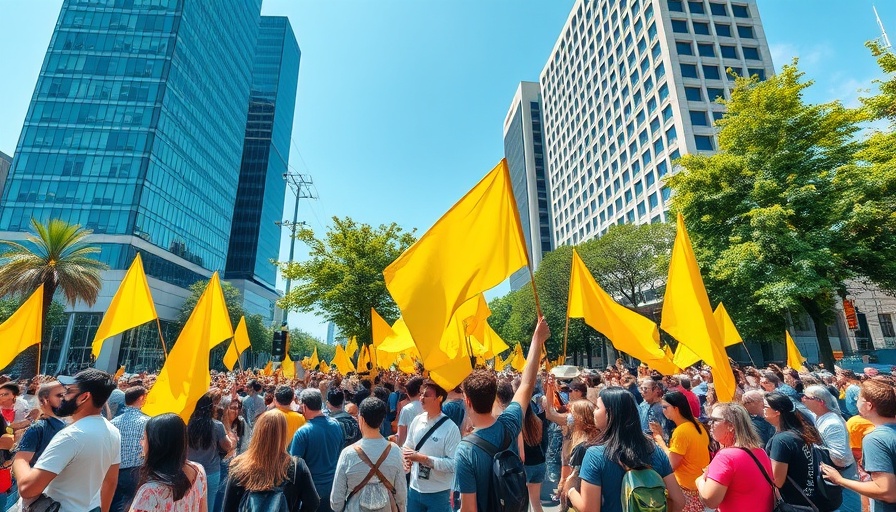
The Rise of Sikh Activism in Canada: A Protest with Purpose
Calgary became a focal point for an impactful protest as Sikh separatists gathered on June 16, 2025, to voice their concerns during the G7 summit, attended by Indian Prime Minister Narendra Modi. This event highlighted not only the advocacy for an independent Sikh homeland, Khalistan, but also the tensions simmering between the Indian government and Sikh communities, particularly here in Canada.
Understanding Khalistan: A Call for Independence
The rally outside Calgary city hall featured supporters wielding Khalistan flags and banners proclaiming their demands for an independent Sikh state in Punjab, India. Such calls for Khalistan are not new; they trace back to long-standing historical grievances surrounding Sikh rights and recognition. The heavy police presence at the protest underscored the sensitivity and significance of such gatherings in a Canadian context, especially given past violent incidents linked to these separatist movements.
Public Safety Concerns: Where Protest Meets Policy
Amidst the noise, there lay a profound sense of urgency as protesters aimed to send a clear message to Modi and his administration. As articulated by the RCMP, Modi’s government has faced accusations of threatening public safety in Canada, including orchestrating attacks against Sikh activists. This situation raises larger questions about governmental influence and the rights of diasporic communities in advocating for their causes.
Protests and Political Impact: What Does it Mean for Canada?
The ongoing activism among the Sikh community reflects broader political implications, as their protests have drawn attention to international relations between Canada and India. Analysts suggest that such events could potentially strain diplomatic ties, shedding light on the delicate balance between embracing democratic freedoms in Canada and managing foreign policy concerns regarding its citizens abroad.
A Local Perspective: Community Reactions
Local reactions to the protests have been mixed. While many community members support the Sikh calls for independence, others express concern about the implications of such activism for local safety and cohesion. Engaging in dialogue, community leaders have begun to discuss ways to bridge divides and address the grievances voiced during these rallies. Events like the G7 summit, therefore, serve as a stage not only for global leaders but also for underrepresented voices seeking justice and recognition.
Future Predictions: The Sikh Struggle Continues
As Sikhs in Canada and around the world continue to advocate for Khalistan, it is essential to recognize the evolution of this movement. With the rise of social media, younger generations are not only amplifying their calls for independence but also redefining what it means to be a Sikh in a global context. The momentum built from these protests indicates that this struggle for recognition and rights is likely to persist, shaping discourse in Canada for years to come.
Conclusion: Understanding the Significance of Activism
The gathering in Calgary does more than protest the presence of the Indian Prime Minister; it reflects deeper-seated issues regarding identity, rights, and recognition within multicultural Canada. For the Sikh community, this activism is about reclaiming their narrative and ensuring that their voices resonate loud and clear in the ongoing dialogue about independence and justice.
 Add Row
Add Row  Add
Add 




 Add Row
Add Row  Add
Add 

Write A Comment